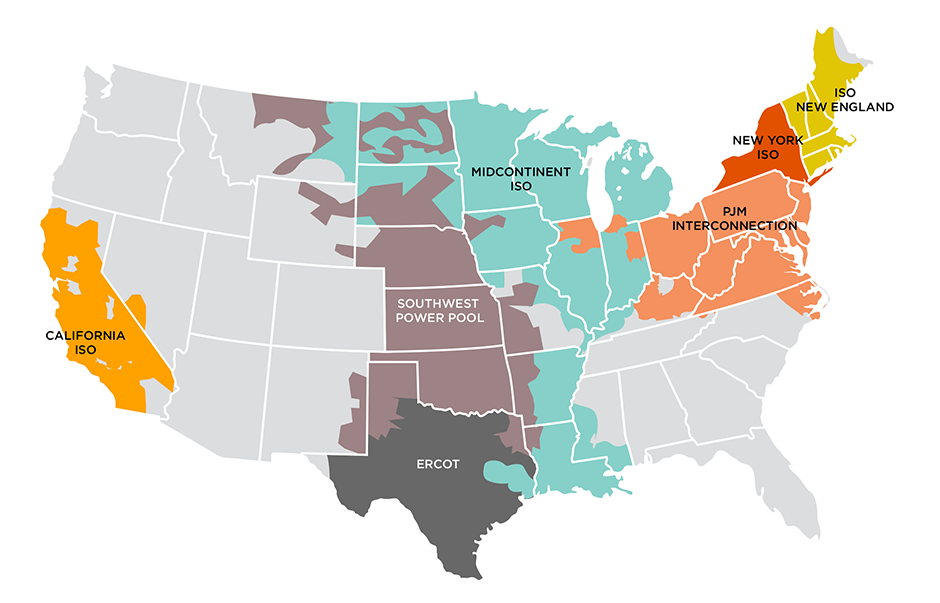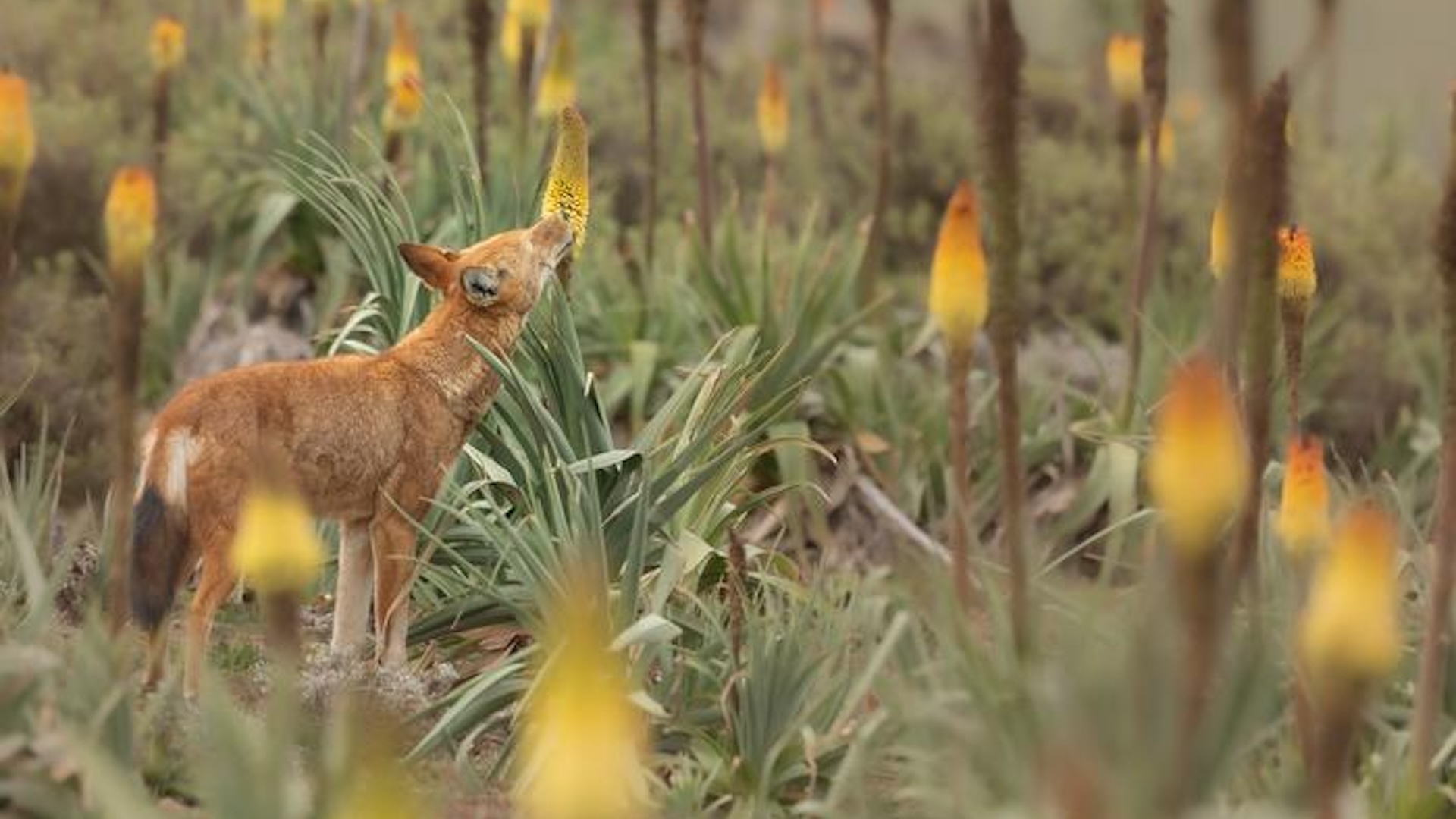Minerals, Vol. 14, Pages 1157: The Evolution of Neoproterozoic Mantle Peridotites Beneath the Arabian–Nubian Shield: Evidence from Wadi Sodmein Serpentinites, Central Eastern Desert, Egypt
Minerals doi: 10.3390/min14111157
Authors: Khaled M. Abdelfadil Asran M. Asran Hafiz U. Rehman Mabrouk Sami Alaa Ahmed Ioan V. Sanislav Mohammed S. Fnais Moustafa M. Mogahed
Serpentinites make up one of the most significant rock units associated with primary suture zones throughout the ophiolite sequence of the Arabian–Nubian Shield. Wadi Sodmein serpentinites (WSSs) represent dismembered parts of the oceanic supra-subduction system in the central Eastern Desert of Egypt. In this context, we present whole-rock major, trace, and rare earth elements (REE) analyses, as well as mineral chemical data, to constrain the petrogenesis and geotectonic setting of WSS. Antigorite represents the main serpentine mineral with minor amounts of chrysotile. The predominance of antigorite implies the formation of WSS under prograde metamorphism, similar to typical metamorphic peridotites of harzburgitic protolith compositions. The chemistry of serpentinites points to their refractory composition with notably low Al2O3, CaO contents, and high Mg# (90–92), indicating their origin from depleted supra-subduction zone harzburgites that likely formed in a forearc mantle wedge setting due to high degrees of hydrous partial melting and emplaced owing to the collision of the intra–oceanic arc with Meatiq Gneisses. Spinels of WSS generally exhibit pristine compositions that resemble those of residual mantle peridotites and their Cr# (0.625–0.71) and TiO2 contents (<0.05 wt%) similar to forearc peridotite spinels. Moreover, WSS demonstrates a significant excess of fluid mobile elements (e.g., Th, U, Pb), compared to high-field strength elements (e.g., Ti, Zr, Nb, Ta), implying an interaction between mantle peridotites and fluids derived from the oceanic subducted-slab. The distinct U-shaped REE patterns coupled with high Cr# of spinel from WSS reflect their evolution from mantle wedge harzburgite protolith that underwent extensive melt extraction and re-fertilized locally.

 1 week ago
17
1 week ago
17


